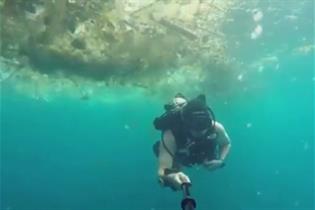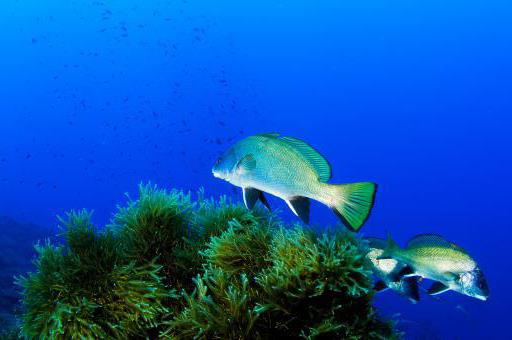New round of United Nations negotiations to develop the Convention for the protection and sustainable use of the oceans
News - 2019.8.19
The future United Nations Convention on Biodiversity Beyond National Jurisdiction (BBNJ), which has become known as the Global Ocean Treaty, is a legally binding international instrument on the marine biological diversity of the zones situated beyond national jurisdiction, within the framework of the United Nations Convention on the Law of the Sea (UNCLOS), which establishes in Article 192 that "States are under the obligation to protect and conserve the marine environment".
This is the third meeting of the intergovernmental conference of the four meetings scheduled. The two previous meetings were held in September 2018 and in March/April 2019, and the fourth is due to be held in the second half of 2020. The aim is to approve the new convention at the United Nations Assembly at the end of that year.
Beyond the 200-mile mark
The aim of this convention is the conservation and sustainable use of the marine biological diversity in zones situated beyond the national jurisdiction of coastal States.
It is understood that national jurisdiction comprises exclusive economic zones (EEZ) that stretch, in general, up to 200 miles from the baselines or continental shelf, which comprises the seabed and the subsoil that extends beyond the territorial sea and throughout the natural extension of its territory until the external border of the continental margin or until a distance of 200 nautical miles from the baselines from which the width of the territorial sea is measured.
In those cases in which the external border of the continental margin does not reach this distance and on the submarine ridges, the external limit of the continental shelf will not exceed 350 nautical miles from the baselines from which the width of the territorial sea is measured.
The issues being discussed in the negotiations include management mechanisms based on geographic zones, including the establishment of marine protection areas such as those that exist in territorial waters of many States, access to marine genetic resources, the creation of capacity and transfer of marine technology, and the environmental impact assessment in international waters.
Growing threats
 Ministerio para la Transición EcológicaThis event takes place at a time in which threats to the sea and oceans are of increasing concern due to pollution and, in particular, pollution caused by plastic and micro-plastic, climate change, the over-exploitation of fishing resources and new technologies that are opening the doors to mining of the ocean beds.
Ministerio para la Transición EcológicaThis event takes place at a time in which threats to the sea and oceans are of increasing concern due to pollution and, in particular, pollution caused by plastic and micro-plastic, climate change, the over-exploitation of fishing resources and new technologies that are opening the doors to mining of the ocean beds.
The future convention is particularly important for Spain, with a great maritime and fishing tradition and whose waters host the greatest marine bio-diversity in Europe. Furthermore, it is a member of practically all of the international forums that regulate different marine and maritime aspects.
In this regard, particularly noteworthy are the regional conventions on the protection of the marine environment (OSPAR and Barcelona), regional fishing organisations, international organisations that regulate maritime transport (International Maritime Organization) and the exploitation of sea beds (International Seabed Authority), as well as international scientific and technology forums related to the sea and its resources.
Spain, at the head of the EU in marine bio-diversity
Specifically, in relation to the protection of the marine environment, Spain is the second ranked country in the European Union (EU) in terms of marine waters, behind only Portugal, and hosts the greatest marine bio-diversity in Europe, since it is located in three bio-geographic regions with very different characteristics: Mediterranean, Atlantic and Macaronesian.
In addition, our country already complies with the goal of the Biological Bio-diversity Convention to protect at least 10% of marine waters, since it now exceeds 12% following the approval of the protected marine area of the Cetacean Migration Corridor in the Mediterranean.
In the coming years, this network of protected marine spaces is due to be extended, always based on the best scientific knowledge available, and applying a participative focus in which all sectors and civil society are included in the management and protection of these spaces.
Non official translation





